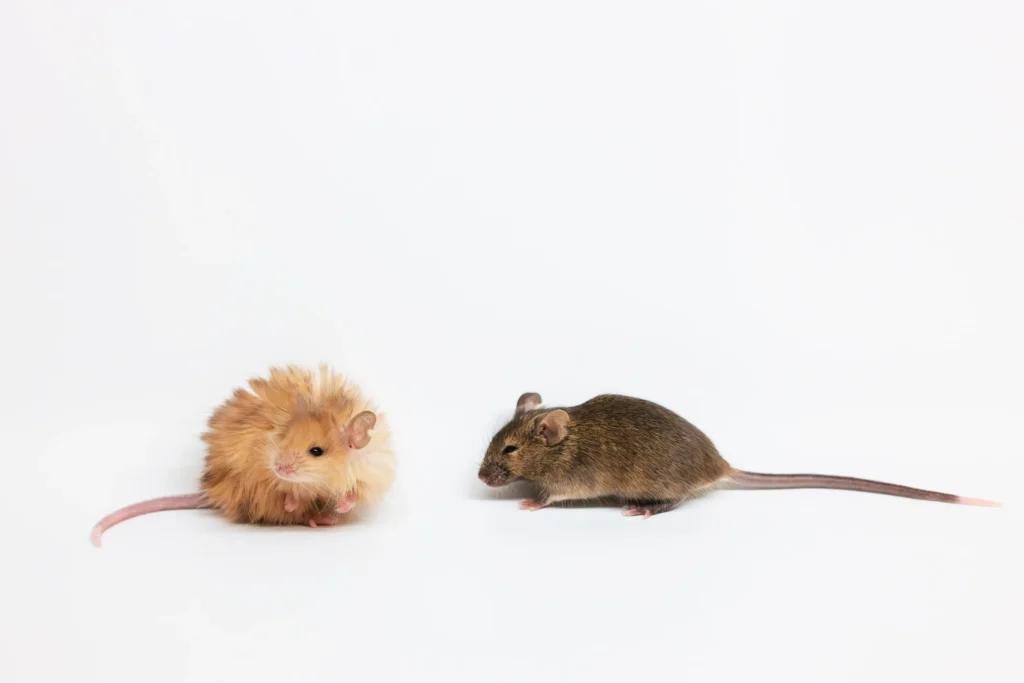Colossal Biosciences has revealed the “woolly mouse,” a genetically engineered rodent designed to replicate cold-adapted traits of the extinct woolly mammoth. Using CRISPR to edit seven targeted genes, scientists produced a small mammal with dense, wavy fur and a metabolism suited to frigid climates. This controlled model allows researchers to test complex genomic techniques before applying them to larger species — a critical step toward Colossal’s goal of reviving the mammoth by 2028. Beyond mammoth research, the project highlights how conservation genetics can serve biodiversity restoration and climate resilience. The same genomic strategies are also driving Colossal’s ambitious Dire Wolf de-extinction project, which aims to restore one of North America’s most iconic apex predators.
Read the full feature in TIME.



